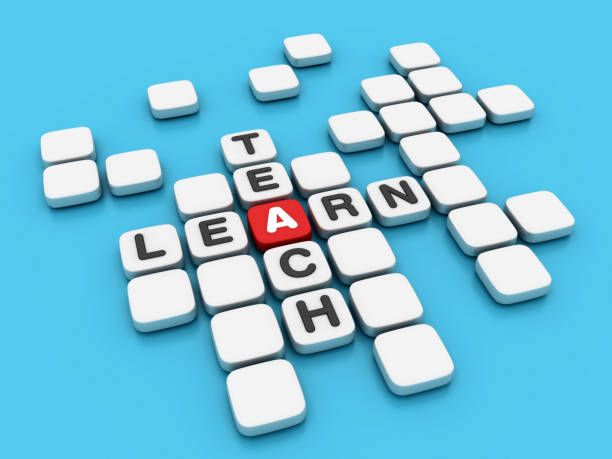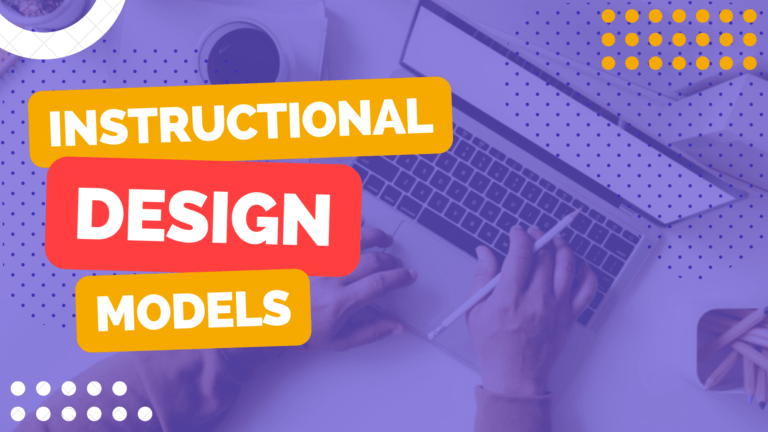The Latest Trends in Instructional Design and Technology

Some of the latest trends in instructional design and technology are quite exciting. The process of planning, implementing, and testing efficient learning activities to increase student retention is known as instructional design and technology. To establish a setting that inspires people to stick with their learning objectives, it helps to have a good grasp of your learners. Technology is now a bigger part in instructional design than ever before. Because it makes education accessible to everyone, especially for those who cannot afford additional tuition charges, the use of technology in learning has become widespread in schools and institutions around the world.
It is impossible to exaggerate the influence of technology on instructional design. In order to ensure that their teaching activities continue to be as effective as possible, instructional designers must stay up with the trends as new technologies are developed and existing ones develop. The trends covered in this article are ones you should be aware of when creating your next educational program or course.
Online Education
Online education is generally defined as the delivery of instruction totally online. It is one of the latest trends in instructional design and technology. This covers both virtual settings like online simulations and learning environments as well as mixed learning models that combine online and offline activities. Many students who want to better their knowledge are increasingly choosing online courses.
It has become so well-liked in some nations, notably the US, that in some instances it has even replaced in-person training. Many people find online learning intriguing for a variety of reasons. It is practical and simple to fit around obligations to one’s family and job. Due to the reduced per-person cost and the possibility to provide it to a far larger number of people than in-person courses, it is also more affordable.
Read: Taking Online Classes: What you Stand to Benefit
Blended Education
Blended learning refers to a range of learning methods, including online learning, blended learning programs, and virtual programs, that are used to provide education to students who are unable to attend classes in person. Due to the industry’s continued expansion of MOOCs and online programs, blended learning is a trend that is only continuing to expand.
In order to allow students to access these programs when they are unable to attend a class, such as when they are at work or in the hospital, these programs are increasingly being offered as blended learning choices. Through the use of blended learning, which blends online and offline components, students can go about their daily lives while still receiving the knowledge they require.
A business leader might, for instance, need to brush up on accounting while also preparing their team for a conference or attending to other crucial business problems. In this instance, blended learning might incorporate online learning components, such as accounting simulations, as well as in-person classes where the student can learn the foundations of accounting.
The Growth of AI in Education
In several industries, including banking, healthcare, and education, AI has emerged as a buzzword. AI is the use of machine learning to resolve issues or make choices. AI is being utilized in education to enhance how content is arranged and delivered to students. Interactive programs that employ computers to assist learners in creating their own learning experiences are one example of how AI is being used in education.
In order to create individualized learning experiences, the computer can recognize the learner’s preferences and assist them in finding the appropriate content. By leveraging data to predict what material and exercises should be covered next, other AI-based learning tools can assist teachers in designing individualized learning experiences.
Platforms powered by AI can also be used to monitor student engagement and assist instructors in modifying their lessons as necessary to keep students interested. AI is also being utilized to help close the achievement gap between postsecondary and higher education. In order to prepare students for postsecondary education, AI can help identify the information and skills that are missing from secondary education.
Augmented and Virtual Reality
Users can see, hear, and feel everything as if they were physically present in a virtual reality environment manufactured by computers. With the aid of a device like a phone or wearable, users of VR can use augmented reality to view things in the real world, go to new locations and experience new things, and have medical procedures done on them.
The increased popularity of VR and AR is attributed to their low cost. Due to their cheap overhead costs, they may be completed on a tight budget and are available to a wide spectrum of people. The increased popularity of VR and AR is attributed to their low cost. Due to their cheap overhead costs, they may be completed on a tight budget and are available to a wide spectrum of people.
Additionally, a lot of educational efforts and organizations are increasingly utilizing VR and AR to enhance learning and memory. The increased popularity of VR and AR is attributed to their low cost. Due to their cheap overhead costs, they may be completed on a tight budget and are available to a wide spectrum of people.
Additionally, a lot of educational efforts and organizations are increasingly utilizing VR and AR to enhance learning and memory. For instance, AR can be used to insert real-world items like notes and books into a computer-generated environment. Through the usage of VR, the real world may be brought into the virtual one, giving students the ability to be in two locations at once.
Gamification of Learning
Gamification is the application of game design concepts and mechanics to situations that are not gaming-related, such as training. Gamification, which uses game-based ideas to create more engaging learning experiences for students, is a developing trend in education.
Gamification can be applied in education in a variety of contexts. To assist students in understanding the ideas they are learning, one method is to employ a game-like interface. For instance, by developing a game-like environment that teaches how the technology functions, an instruction gamified interface can be utilized to assist learners in understanding a new technology.
Gamification can also be utilized to support learning reinforcement for big student populations. Leaderboards among students that score them according to how much they have learnt can be created by a program that employs gamification to aid with information retention.
Gamification trends are crucial to watch out for, just like many other trends in instructional design and technology, so you can remain on top of the most recent trends and design strategies to support your learners in achieving their educational objectives.
To Sum Up
The process of developing and delivering efficient learning activities that increase student retention is known as instructional design. The function of instructional designers also evolves along with technology. Instructional design is always altering to keep up with the emergence of new technology like VR and AI. It is anticipated that instructional design will change along with the technological landscape. The trends covered in this article are ones you should be aware of when creating your next educational program or course. There you have it, the latest trends in instructional design and technology.







